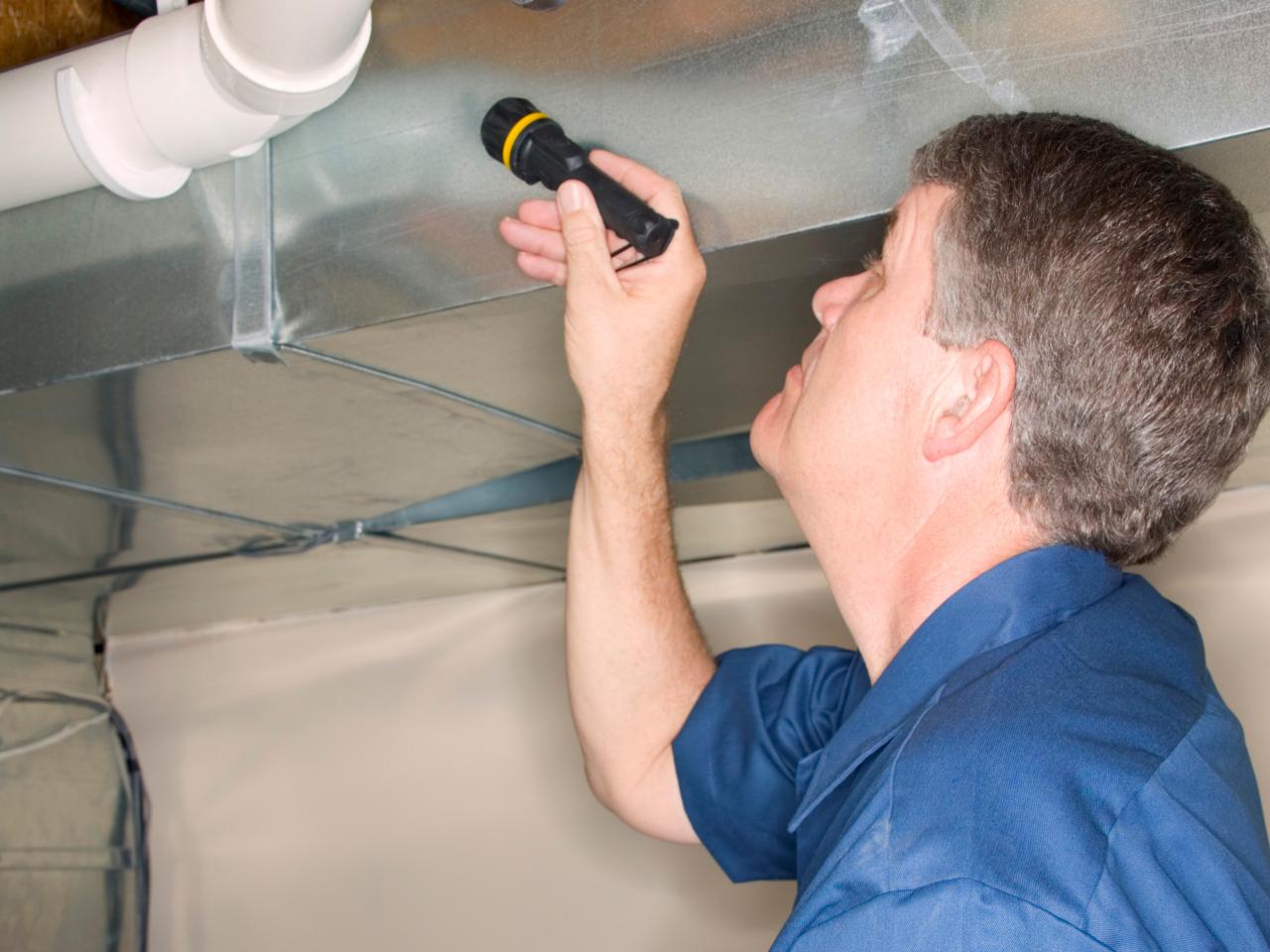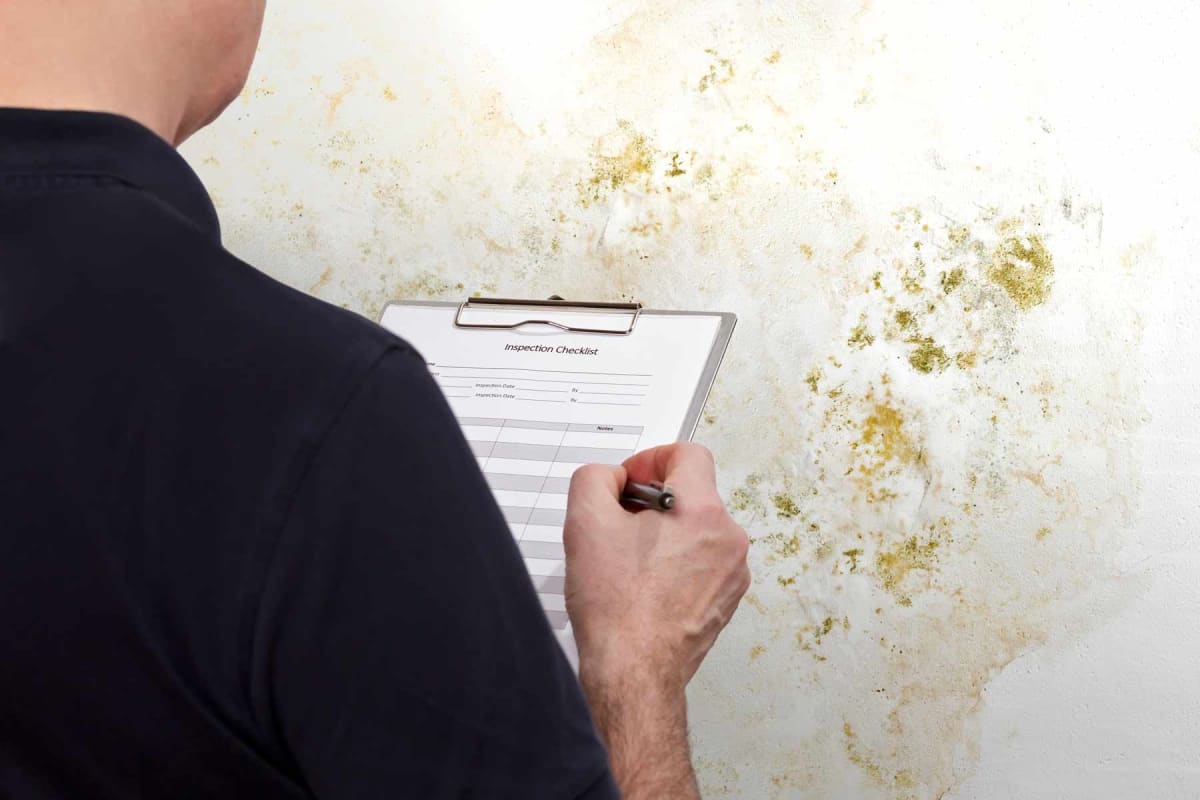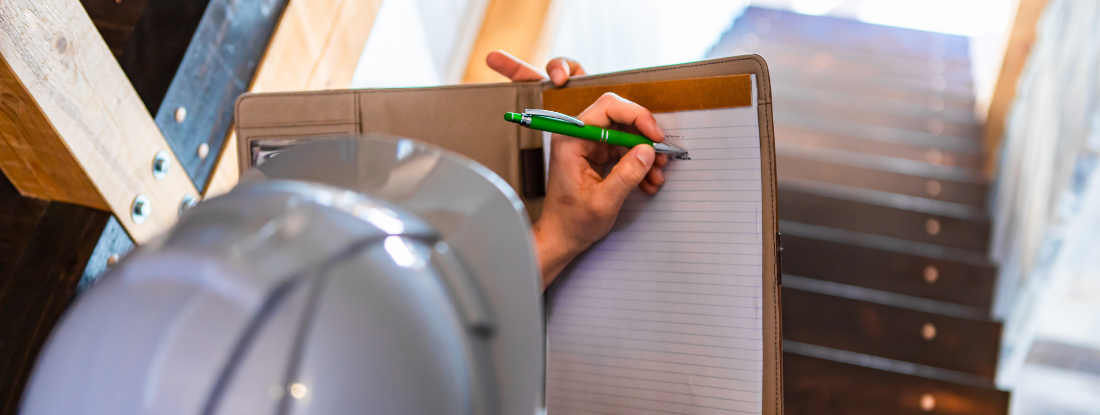Testing Air Quality After Mold Remediation
Testing Air Quality After Mold Remediation
Blog Article
Your Ultimate Overview to Post Mold Removal Methods
In the aftermath of mold and mildew infestation, understanding exactly how to effectively eradicate the mold and mildew and avoid its reoccurrence is paramount for keeping a healthy and balanced interior atmosphere. From picking the best cleaning and decontaminating techniques to carrying out strategies for long-lasting mold avoidance, each step in the removal trip plays a vital function in making sure a successful result.
Recognizing Post-Mold Remediation Process
After finishing the mold remediation process, it is vital to understand the post-mold removal techniques that are necessary to guarantee a effective and extensive clean-up. Once the mold and mildew has actually been removed, the following action involves cleansing and decontaminating the influenced locations to avoid any type of regrowth of mold and mildew. This consists of using specialized cleaning agents to wipe down surfaces and eliminate any staying mold and mildew spores. It is vital to dry out the area completely to prevent the development of mold and mildew in the future (Post Mold Remediation). Appropriate air flow and dehumidification can aid in this procedure.
In addition, conducting a final examination post-remediation is vital to make certain that all mold and mildew has actually been successfully gotten rid of. This assessment needs to include a thorough aesthetic check as well as potentially air sampling to confirm the absence of mold spores airborne. Extra remediation may be required if the assessment discloses any type of remaining mold. Finally, enlightening occupants on safety nets such as controlling dampness degrees and immediately addressing any type of water leakages can assist maintain a mold-free setting.
Effective Cleaning Up and Disinfecting Techniques

Protecting Against Future Mold Growth

Value of Appropriate Air Flow
Proper air flow plays a vital function in avoiding wetness accumulation, a crucial consider mold growth within interior settings. Effective ventilation systems assist remove excess moisture from the air, lowering the opportunities of mold spores finding the dampness they require to germinate and spread. Without ample air flow, interior spaces can come to be a breeding place for mold, causing possible health visite site dangers and architectural damages.
By making sure appropriate air circulation, air flow systems can additionally assist in drying out moist locations quicker after water damage or flooding incidents, additionally hindering mold development. After mold remediation. Precede like washrooms, cellars, cooking areas, and attics where wetness degrees often tend to be greater, installing and preserving reliable ventilation systems is important in preventing mold and mildew invasions

Tracking and Maintenance Tips
Given the critical role that correct ventilation plays in protecting against mold growth, it is imperative to establish reliable monitoring and maintenance ideas to guarantee the ongoing performance of air flow systems. Regular inspections of air flow systems must be performed to inspect for any kind of signs of obstructions, leaks, or malfunctions that might hinder proper air movement. Surveillance humidity levels within the property is additionally critical, as high humidity can add to mold development. Mounting a hygrometer can help track humidity levels and sharp house owners to any kind of spikes that may require focus. Additionally, making certain that see it here air filters are on a regular basis cleansed or changed is crucial for maintaining the performance of the air flow system. Carrying out a schedule for routine maintenance jobs, such as air duct cleansing and cooling and heating system assessments, can help avoid problems before they intensify. By staying mindful and positive to the problem of ventilation systems, building proprietors can effectively mitigate the risk of mold and mildew regrowth and keep a healthy indoor atmosphere.
Conclusion
In conclusion, post-mold remediation strategies are necessary for making sure a clean and safe atmosphere. Comprehending the process, carrying out effective cleansing and sanitizing approaches, preventing future mold and mildew growth, keeping proper ventilation, and normal monitoring are all vital actions in the remediation process. By adhering to these standards, you can effectively eliminate mold and mildew and stop its return, functioning or promoting a healthy living room for all passengers.
In the consequences of mold infestation, recognizing just how to successfully get rid of the mold and prevent its reoccurrence is critical for keeping a healthy interior setting. Once the mold and mildew has actually been eliminated, the following action entails cleaning and sanitizing the affected areas to prevent any kind of regrowth of mold - Post Mold Remediation. After eliminating noticeable mold development, it is vital to clean all surface areas in the afflicted area to remove any kind of staying mold spores. To even more improve mold prevention measures, it is vital to resolve underlying issues that at first led to mold and mildew growth.Given the vital duty that correct ventilation plays in avoiding mold and mildew growth, it is essential to develop reliable monitoring and maintenance suggestions to make certain the ongoing performance of air flow systems
Report this page